Traditional Chinese medicine believes that drinking tea not only refreshes the mind, clears drowsiness, but also helps to dispel cold evil and promote the growth of yang qi in the body. In spring, it is easy to feel tired and sleepy, and at this time, drinking a cup of fragrant spring tea can stimulate the senses and make people feel refreshed. So what kind of tea should we drink in April?
Chrysanthemum Tea
Chrysanthemum has the effects of nourishing the liver, clearing the liver and brightening the eyes, making it especially suitable for drinking in spring. It can also detoxify and promote fitness, dispel evil and reduce heat, relieve throat swelling, and resist and eliminate harmful chemicals or radioactive substances accumulated in the body. The best chrysanthemum is the large or small white chrysanthemum grown in the Suzhou and Hangzhou areas. Use about 3 grams of chrysanthemum to make tea and drink it 3 times a day.
Cassia Seed Tea
Cassia seed has the functions of clearing the liver and brightening the eyes, lubricating the intestines and facilitating bowel movements, and reducing fat and slimming. The emodin and rhein it contains have the effects of relieving asthma, promoting bile secretion, protecting the liver, and reducing blood pressure, as well as certain antibacterial and anti-inflammatory effects. Use low heat to stir-fry the cassia seeds, constantly flipping them, fry until they turn slightly yellow and emit fragrance, but do not burn them. When making tea, take 20 grams of cassia seeds and put them in a teacup, then pour boiling water over them, and the tea color will gradually turn pale yellow and deepen in a few minutes, with a fragrance coming out.
Osmanthus Tea
Osmanthus tea is a top-grade drink that invigorates the spleen, opens the appetite, and regulates the liver and qi. It is also commonly used to relieve dry throat, bad breath, and toothache. Due to the warm and pungent nature of osmanthus, it is best to pair it with green tea or oolong tea, which have a slightly cool nature, in spring. Take 3 grams of dried osmanthus flowers, 5 grams of green tea or oolong tea, steep them in boiling water for 6 minutes, and then drink.
Honeysuckle Tea
In spring, the air is dry, and people are prone to symptoms of "excessive internal heat" such as mouth ulcers, dry and painful throat, and cracked lips. Honeysuckle is highly recommended in this case. Honeysuckle has a sweet and cold taste, and it has the effects of clearing heat and detoxifying, dispersing wind and heat, and reducing swelling and relieving pain. It can relieve common spring ailments such as upper respiratory tract infections, influenza, tonsillitis, and periodontitis, and it also has a relieving effect on carbuncle pain and enteritis.
Peach Blossom Tea
From the perspective of traditional Chinese medicine, peach blossom has a sweet and pungent taste, a slightly warm nature, and it can promote blood circulation, improve blood supply to the skin, moisturize the skin, and be called "beauty tea". Take 3 grams of peach blossom, steep it in boiling water, let the water cool slightly, and add an appropriate amount of honey to replace tea. However, because peach blossom has a strong blood circulation function, it should be used with caution by pregnant women and those with excessive menstrual bleeding.
Jasmine Tea
Although spring is getting warmer, the temperature difference is still large, and once the stomach and intestines are not adapted, symptoms such as abdominal pain, diarrhea, and nausea can easily occur. Jasmine flowers can promote digestion and absorption, relieve stomach pain, and have good effects on diarrhea and abdominal pain. Take 5 grams of dried jasmine flowers (15 grams for fresh flowers), steep them in boiling water for 4 minutes, and then drink. However, it is forbidden to drink jasmine tea for those with heat toxins in their bodies.
Hawthorn Tea
The components contained in hawthorn can aid digestion, dilate blood vessels, lower blood sugar, and reduce blood pressure. Regularly drinking hawthorn tea also has a significant auxiliary effect in treating hypertension. Take 3-4 hawthorn berries and add hot water at 60-70 degrees Celsius to infuse and drink. The tea ingredients can be brewed with water three times, and can be replaced three times a day.
Goji Berry Tea
Goji berry tea can nourish the kidneys, nourish the liver, moisturize the lungs, improve eyesight, strengthen muscles and bones, and relieve fatigue. It is especially suitable for office workers who spend long hours in front of the computer, as it can relieve eye fatigue. The preparation is also very simple, just use a dozen or so goji berries, steep them in hot water and drink regularly for two months for it to be effective.
Peppermint Licorice Tea
Take more than 10 fresh mint leaves, 5 grams of licorice, 5 grams of green tea, and 10 grams of prince ginseng. Pour 500 ml of boiling water and steep for more than 10 minutes. Then remove the residue, add an appropriate amount of white sugar, and mix well before drinking. It has the effects of relieving heat, cooling, detoxifying, and inducing sweating. It works well for headaches, red eyes, sore throat, and wind-heat cold.
Rose Tea
According to traditional Chinese medicine, roses are known as "menstrual regulation tea" because they have a sweet and warm taste and have the effects of promoting blood circulation, regulating menstruation, reducing swelling, and detoxifying. Long-term consumption can regulate the liver and relieve depression, promote blood circulation, and regulate menstruation. It should be noted that roses should not be consumed for a long time, and those with spleen and stomach deficiency and pregnant women should use it with caution.




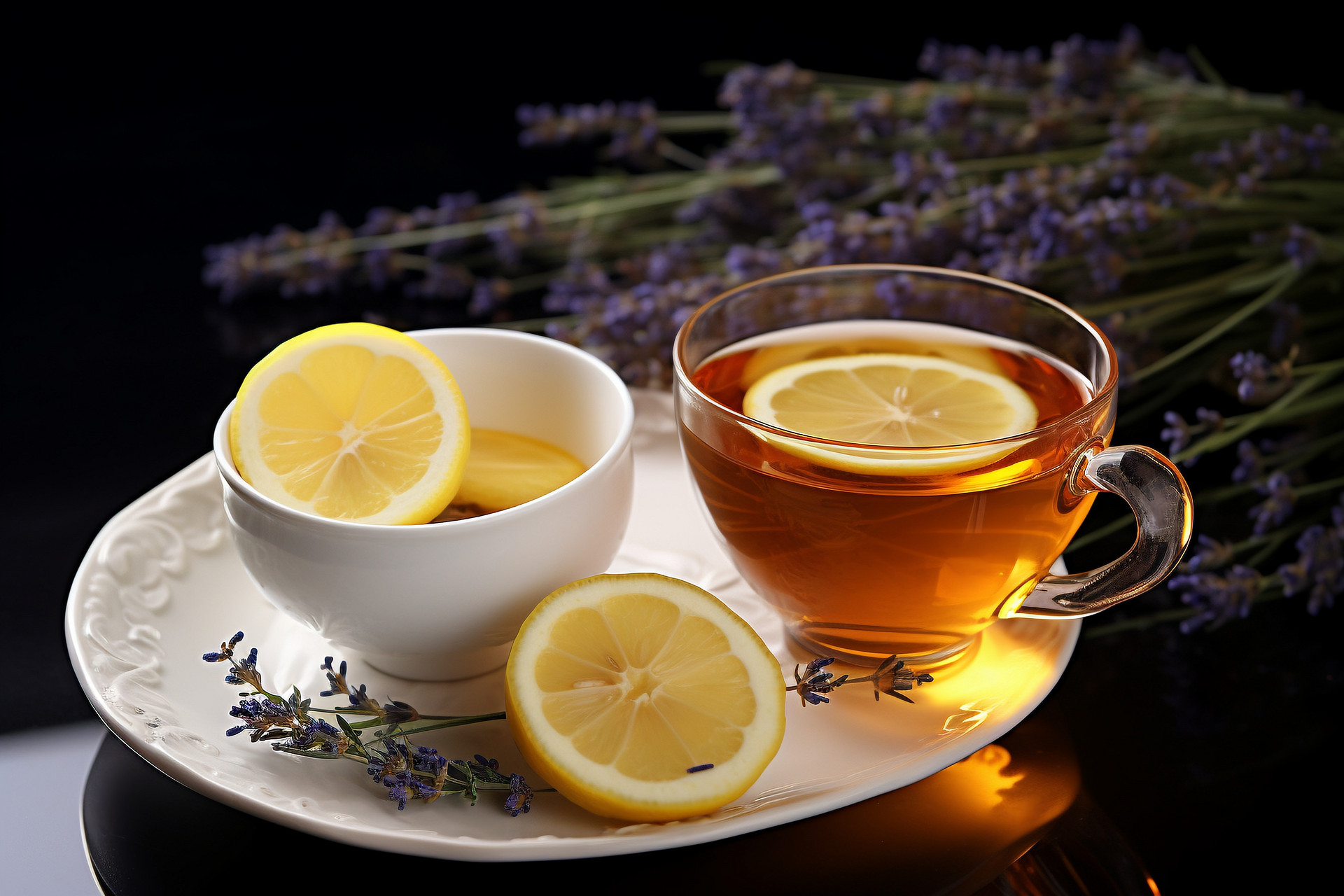
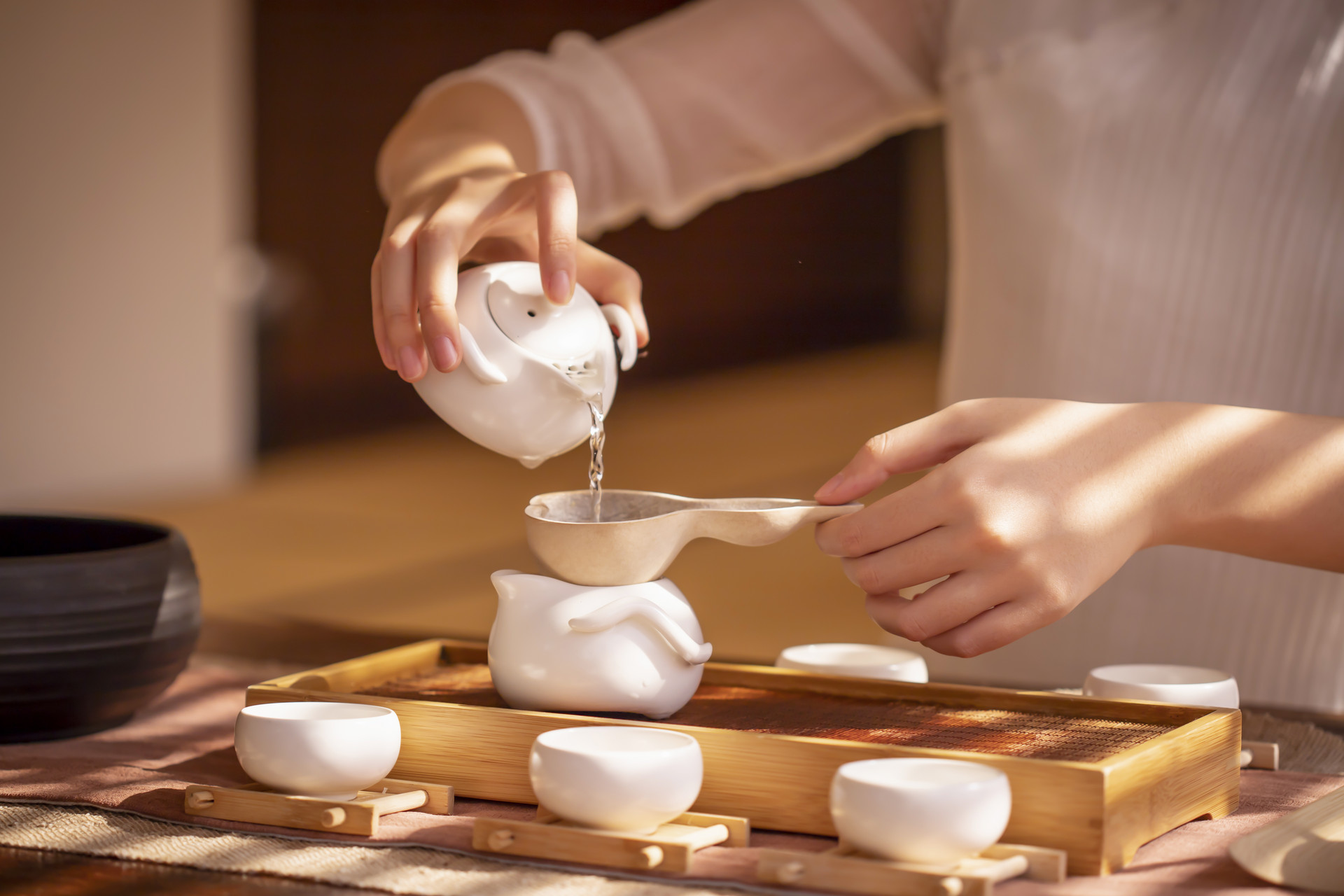
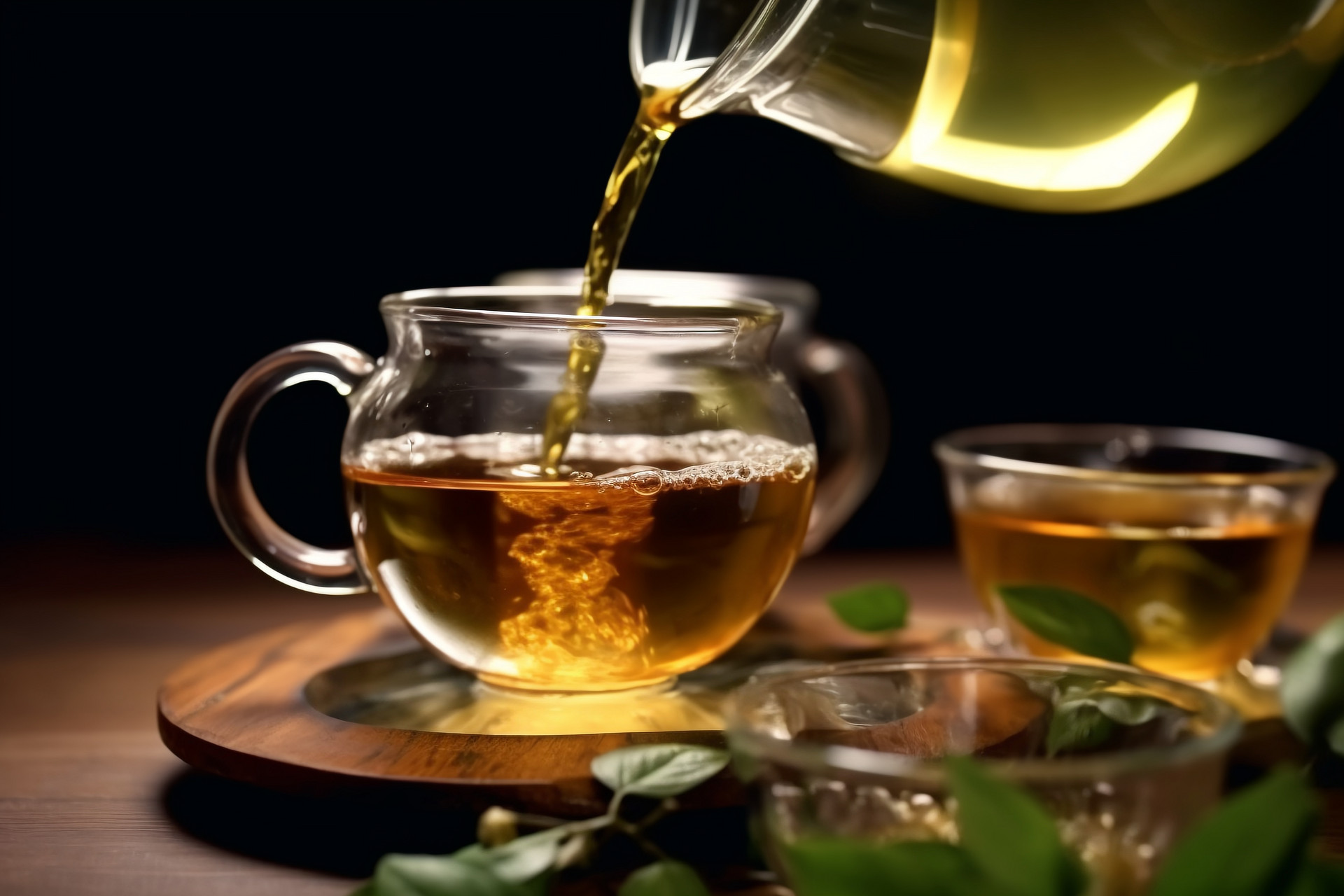

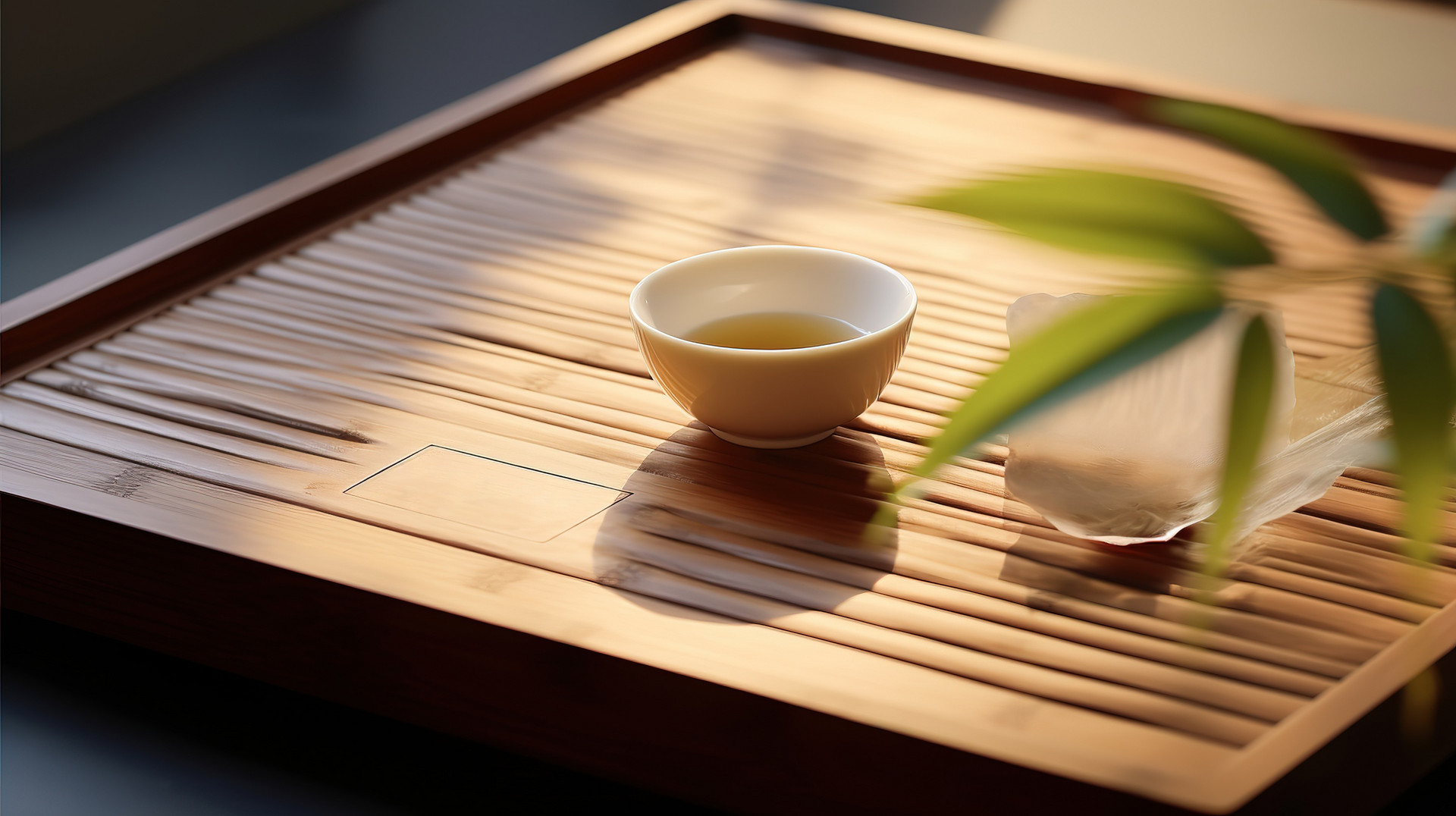
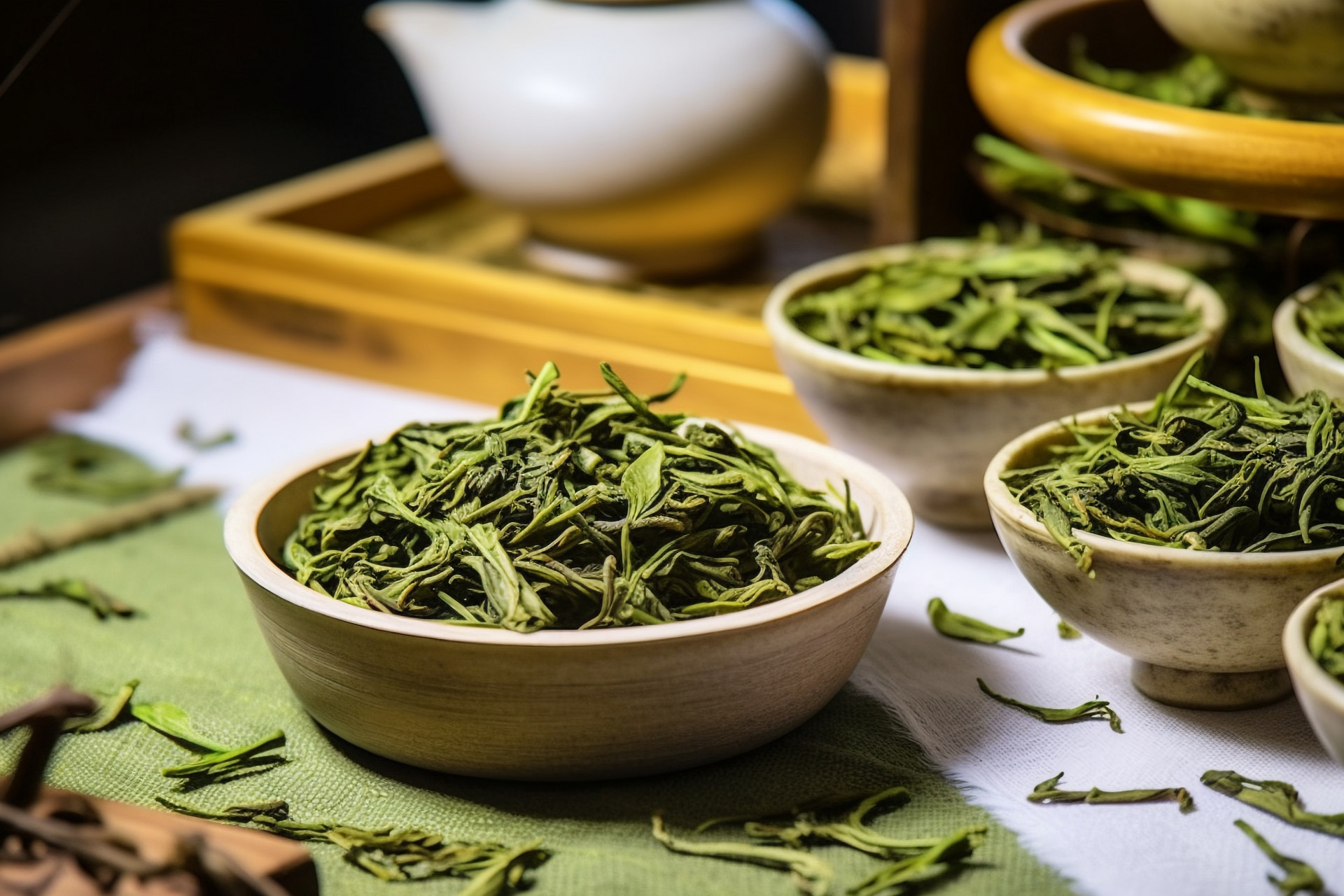
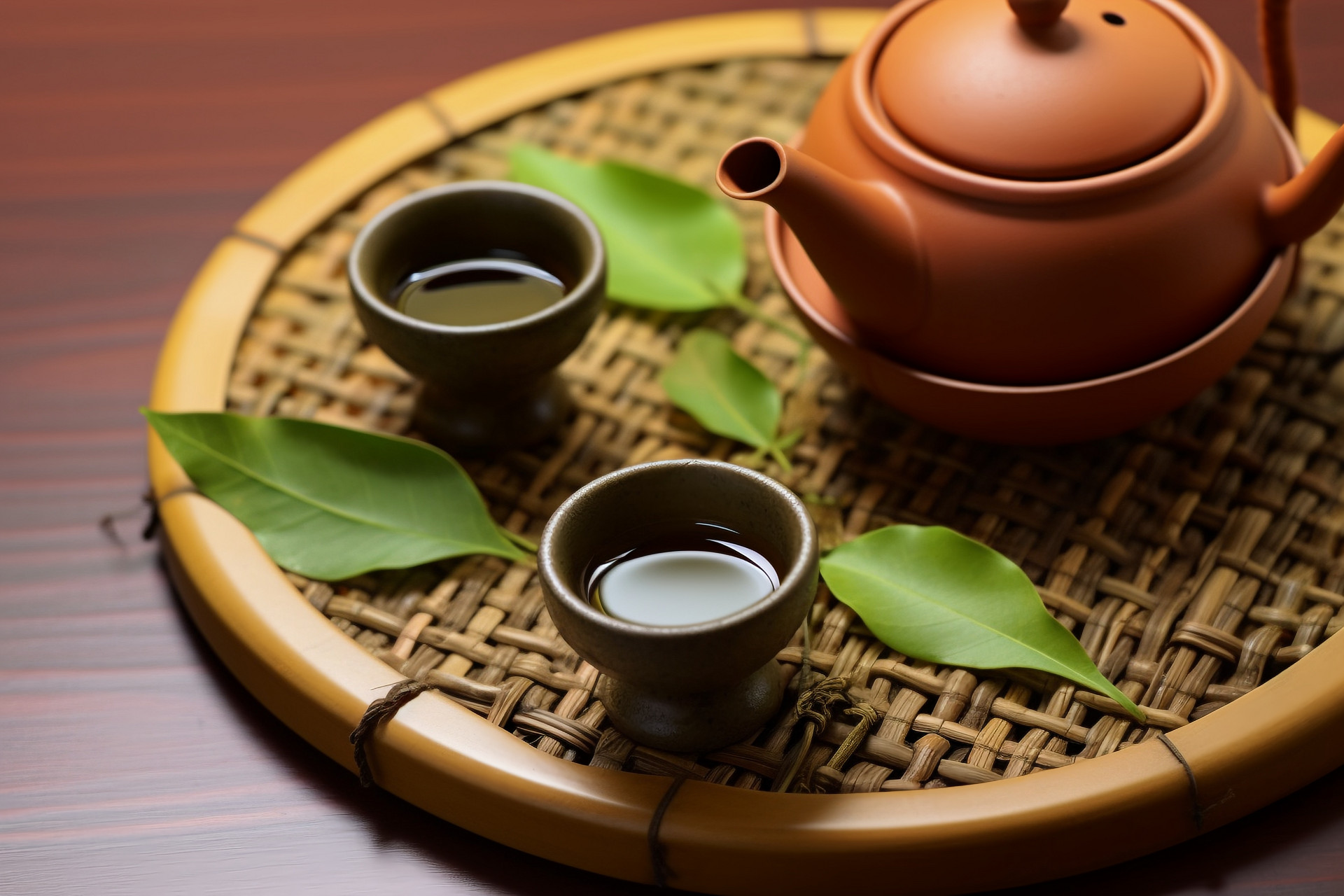
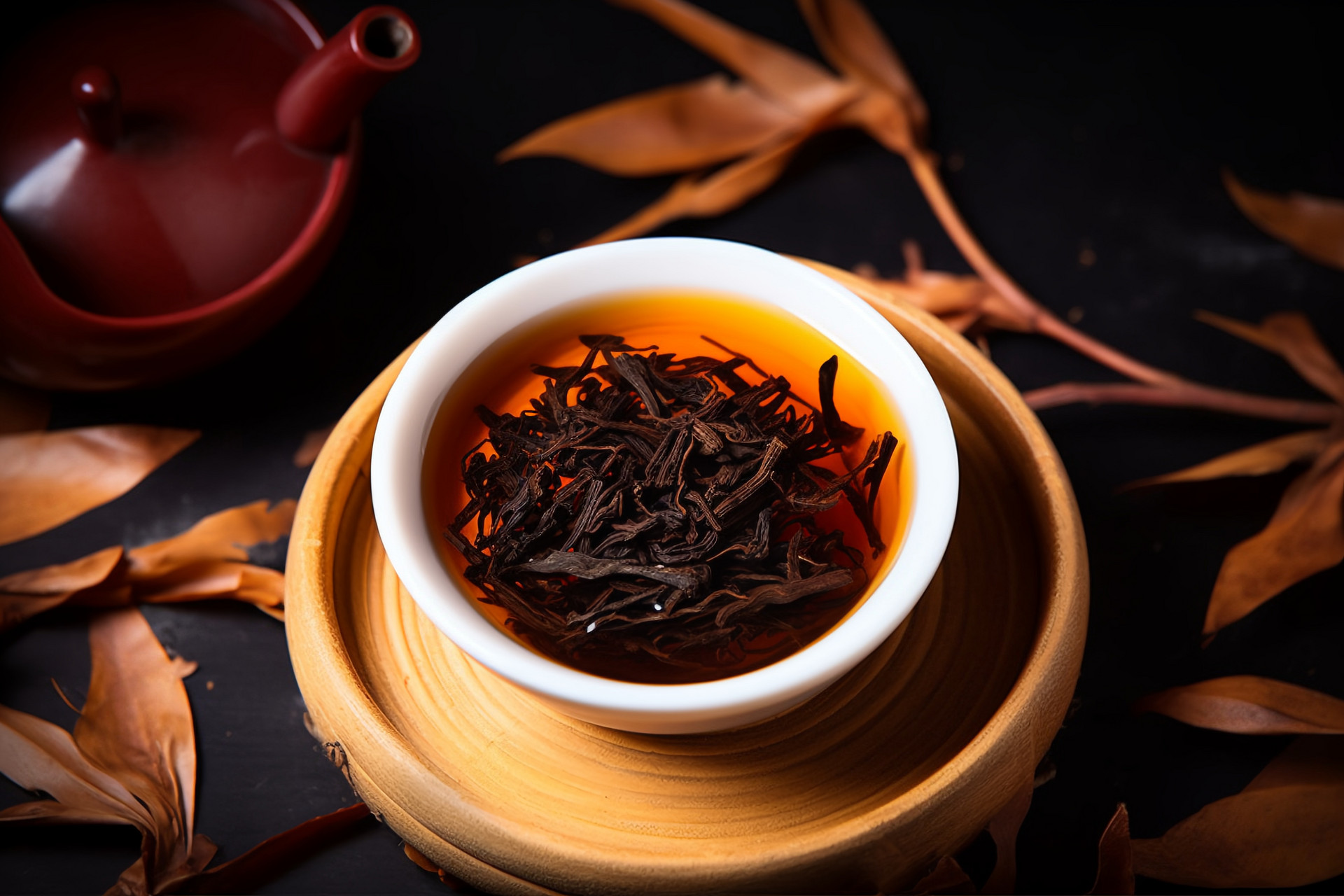
![[Herbal Wine Recipes for Health and Beauty]](https://tcmmaintenance.com/uploads/20240715/7241f6b6eafdaed88c28b26a37213964.jpg)